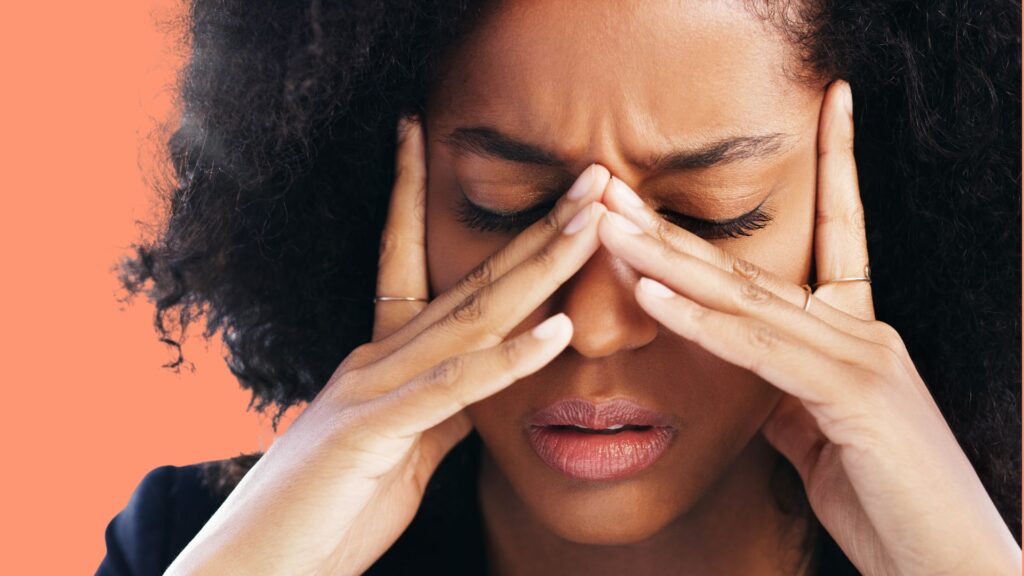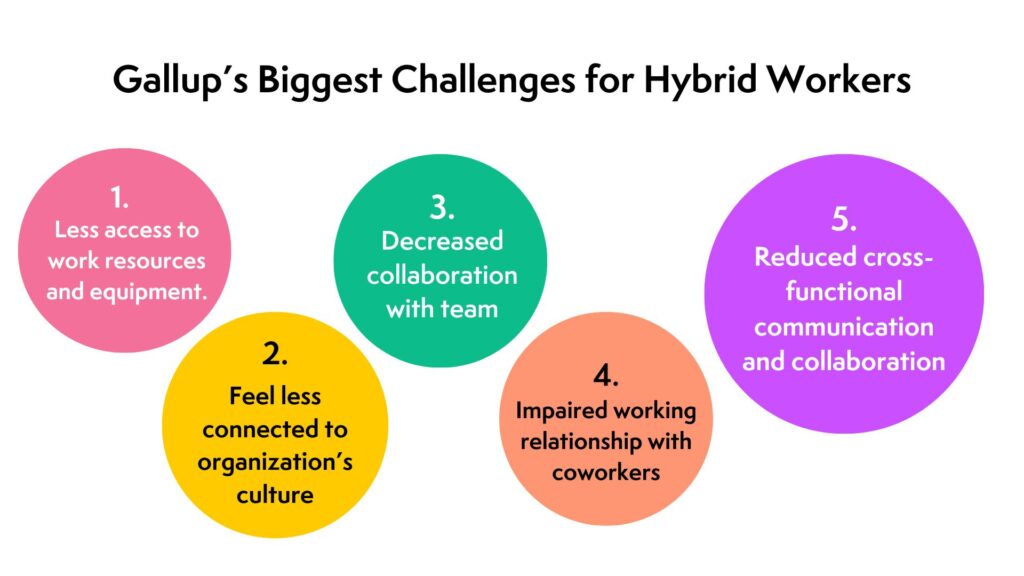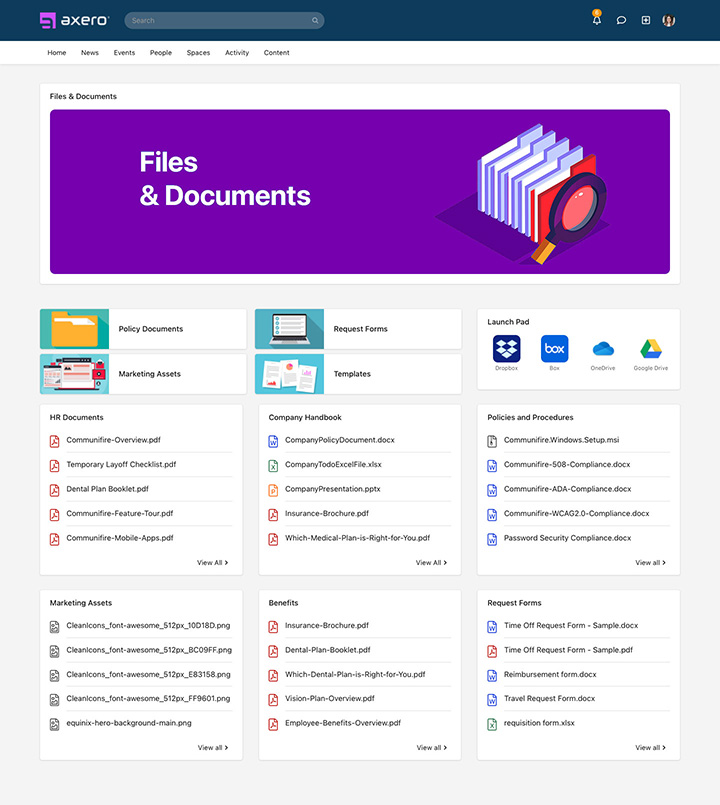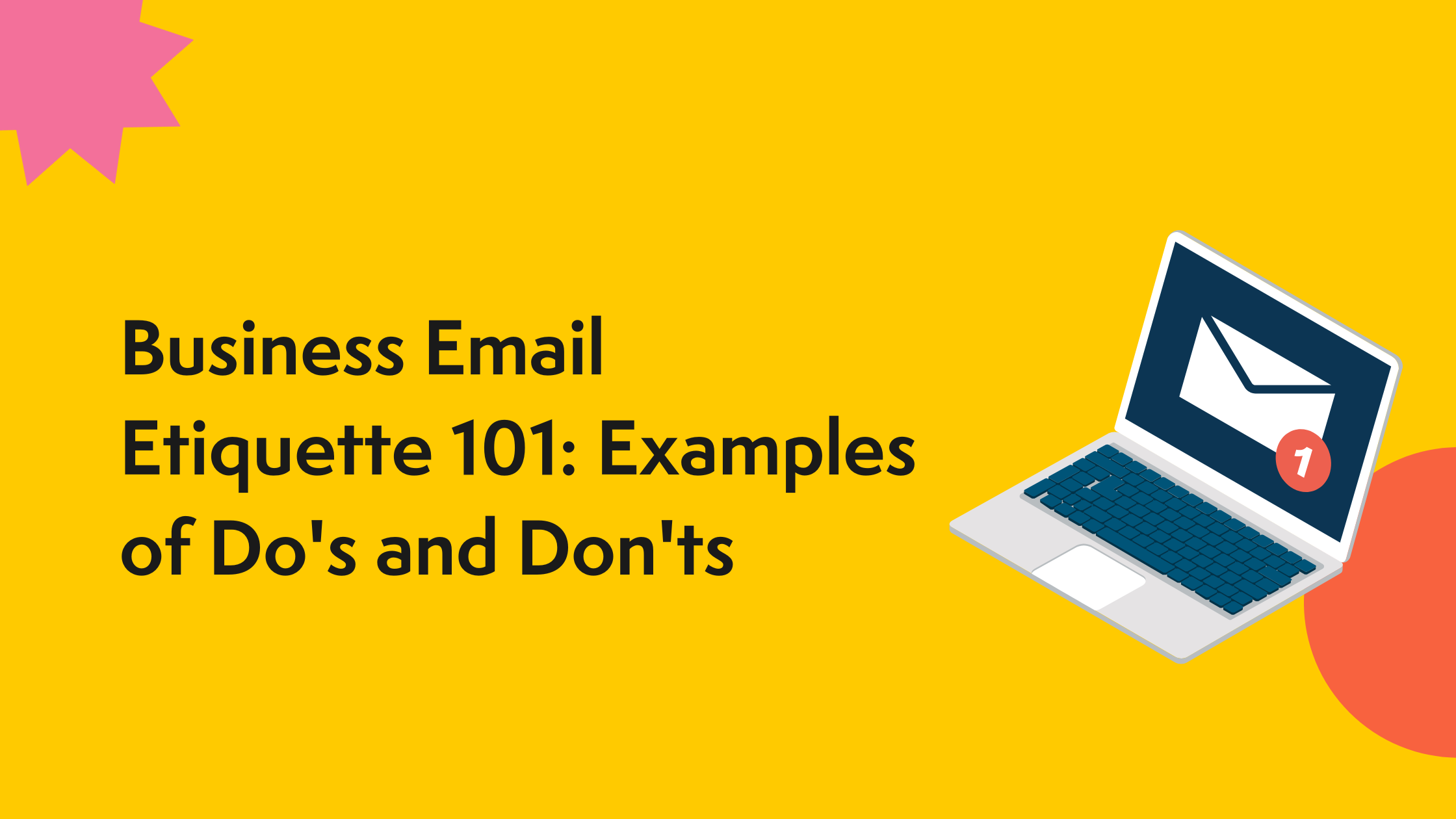Do you ever have a question at work but no one knows who has the answer? Or maybe your manager has asked about a report that was due yesterday – only this time is the first you have heard of it.
What do these internal communication examples have in common? A good ol’ communication breakdown.
A breakdown in communication can be a frustrating experience for all, and as it turns out, it’s one of the biggest workplace concerns for employees. According to research from Gallup, only 7% of US workers think that communication in their place of work is very accurate, open, and timely.
Recognizing that poor communication is causing hurdles for employees is an imperative first step. But implementing adequate changes to fix it can be the most challenging part, especially if the root causes are complex and difficult to confront. But we promise you it’s worth the effort. Effective communication makes employees more engaged because they’re given clear expectations and direction. It is also directly tied to stronger collaboration, productivity, and employee morale.
What is a lack of communication?
The effects of poor communication can spread far and wide across many aspects of our lives. You might experience communication barriers in both your personal and professional relationships, and all the frustrations that come with them.
A lack of communication can range from messages not being passed through to active misinformation being circulated for malicious purposes. While the majority of communication issues tend to be passive, any communication problems that are purposely introduced with the aim of workplace conflict need to be addressed and mitigated as soon as possible.
What does poor workplace communication mean?
Workplace communication is the river from which a business flows. Nothing can be done unless teams can talk to each other. Even entrepreneurs who strike out on their own have to be able to communicate with clients, suppliers, investors, and a whole range of different people. It’s obvious to see how communication needs to scale as a workplace grows. Whether it is a single office or a multinational conglomerate, clear and open communication channels will keep information intact and moving.
In this modern world, communication in the workplace can take place across a variety of mediums, including but not limited to:
- Texting/Chat channels
- In-person meetings
- Video and phone calls
- Notes and comments on documents/workflows
In research from Forbes, workers were found to spend an average of 20 hours a week using digital communication tools. So, if we are, in theory, spending half our workweek connecting with these business tools, how does ineffective communication still arise?
Poor workplace communication takes on many forms, and it manifests for several complex reasons. Common causes of poor communication can include the following:
Unclear objectives
Do teams actually know the direction they are headed in, and what it will take for them to get there? If they don’t, they will be reluctant to contribute to discussions and tasks. They might feel like they are off on a raft by themselves, often called a silo mentality, and this can result in them shutting themselves off from the wider team as they don’t feel like they can contribute anything of value.
If a team does not have clearly established KPIs, they could also be floundering through their daily tasks with no clear goal to head for. The whole company needs to be aligned, from senior management down to interns, or a culture of poor communication will develop rapidly.
Poor leadership
Communication styles and practices often start with leadership. Leaders might bombard their employees with demands every hour of the night and day, giving them no reasonable chance to respond, or they might not communicate at all, presenting a wall of silence when queries are sent to them.
Leaders should also avoid being overly vague or not providing context when attempting to communicate objectives. If a leader fails to communicate effectively, it only makes sense that employees will fail to do so, too.
No team relationships
You do not have to be best friends with your team, but you should at least get along with one another. A team of strangers coming together to complete tasks will have serious challenges being an engaged workforce. By not investing in interpersonal relationships, or not providing channels where they can develop, a team is never going to understand many of the nuances of each other’s communication styles. This creates tension and a poor working environment where everyone just steps on each other’s toes.
What are the effects of a lack of communication at work?
A breakdown of communication in the workplace has a slew of effects that hinder how teams work together, tackle projects, and even lead to high employee turnover. While there are many ways that poor communication can develop, here are some of the most common examples:
Decreased work results
From decreased collaboration in the workplace to missed deadlines, if there is a time limit or a tangible goal attached to a project, you can expect the team to miss it. No communication means employees will be less productive because they won’t know how projects are progressing, where to find accurate information, or in some cases, even waste time by duplicating tasks.
Burnout
Burnout is a state of complete exhaustion caused by excessive stress, and it is easily cultivated in companies with insufficient communication. With burnout on the rise, teams must know how to recognize symptoms in not just themselves but their colleagues, too – and the latter isn’t possible without good communication skills and strong interpersonal relationships.
Strained team relationships
If you don’t know someone very well, you’re not going to recognize the little quirks in their communication styles. What someone might think is a normal email could be read by the recipient as formal and cold, and this can cause a strain between the two over a slight that isn’t there. In turn, this can then lead to strained interactions between them in the future, and a desire to not collaborate if possible.
Dissatisfaction from clients
When deadlines are missed, clients might hear one thing from an account manager and another from the project leader, which creates a big mess and an unhappy customer. The clients are then dissatisfied because they are left in the dark with a final product that is far below their expectations.
Unbalanced work environment
Rather than being somewhere safe and productive, a workplace with deeply poor communication can quickly become a tense and uneasy environment to work in. Employees are constantly on edge and will lack confidence in their actions.
Delayed communications from leadership and teammates
Poor communication may mean that any collaboration or conversations that do happen will have to go through a delayed process. Since team members likely have little trust, they may feel the need to double-check each other’s work or seek clarification. In a team with detailed and frequent communication, all the information should be available to them in one go.
Hybrid or remote employees left out of the loop
40% of the remote-capable workforce has now shifted to working either remotely or on a hybrid basis. Businesses need to strive to ensure that they effectively communicate with these employees to ensure that they are always on the same page as the rest of the team.
Frontline workers might also feel a disconnect between themselves and team members who get to work together in person in the office. This can cause them to feel undervalued, because their working relationships are less bonded than those who work closely with each other.
No accountability
One of the major effects of poor communication is when there is no accountability within a team. Making mistakes should be an accepted part of any workplace because it is through mistakes that we learn and grow. But in this scenario, poor communication means mistakes are ignored or if feedback is delivered, it goes nowhere and errors reoccur.
10 tips to improve communication in the workplace
If it is apparent that a team is lacking communication skills, then luckily there are plenty of areas you can try to fix. Improving communication in the workplace is difficult, but with active participation and commitment, everyone in the team can begin to improve on poor communication skills.
Here are our 10 tips to improve poor communication in the workplace.
1. Praise effective communication
When you see strong communication being demonstrated, make sure to praise it. This doesn’t need to be delivered in an annual review; if you see something that you like, just highlight it! You could tell the person directly, or celebrate it with the wider team. Doing so works to create a company culture that celebrates the little things, no matter what they are.
2. Set clear objectives
Everyone in a team needs to know what their personal and organizational objectives are. They will then be able to map their days and plan deadlines more productively. By focusing on goals in your internal communication strategy, everyone will have a better understanding of where the rest of the team sits—even if they will never touch a project. If they need to reach out for some help, they should already have an idea of what their team already has on their plates.
3. Seek other opinions
Should you run around and ask for a second opinion from everyone? No, that’s a waste of time. But, if you take the time to search out one or two trusted opinions to take a look over a plan, you may find it easier to undertake a task and get the best results. Sometimes, collaborative brainstorming makes the end goal even more successful by incorporating other perspectives.
4. Outline the context and stick to the point
When introducing colleagues to a task, poor communication skills can sometimes look like too much communication. Often times, less is more. Avoid over-explaining and detailing every little thing that goes into a project. Instead, briefly outline the context and make sure you stick to the point without deviating. Colleagues can grasp the context much more easily and can then deliver thoughts more coherently.
5. Gather feedback
Encouraging rounds of feedback will help any business to improve communication. Feedback should never be viewed negatively, especially when constructive feedback is delivered in a helpful and understanding manner.
6. Look for cues of nonverbal communication
Even if most of your meetings take place through video conferencing or online platforms, there are still plenty of nonverbal communication clues to watch for that could tell you more about someone’s inner thoughts. Strong eye contact and positive body language make a world of difference in nurturing open and honest communication.
7. Set boundaries
It’s all about balance and everyone deserves to set boundaries that establish working practices that best suit them. Deciding to not answer messages outside working hours can be intimidating, but it can also create clear boundaries. Likewise, blocking out your calendar to focus on projects can prevent others from dragging you away for meetings, so that when you do have a team call, you are present and an effective communicator.
8. Practice active listening
An easy way to begin to solve poor communication is by practicing active listening. Listening attentively to speakers and collecting thoughts for feedback will guide stronger communication and more engaging conversations. It is an essential skill that any good communicator needs to actively develop.
9. Use the right channels
In the modern workplace, we have a ton of different communication tools we communicate in. To prevent messages from becoming lost in the ether, teams must standardize what is said where – and standardize it. For example, all communications surrounding a document should either be attached as a comment to the document in the intranet or messaged in the appropriate chat channel.
10. Reassess what’s working – and what isn’t
Effective communication in the workplace will look different for every company, and it might even look different between teams within that one organization. If collaboration is a pain point and senior management introduces new processes to bring people together, there needs to be a follow-up assessment to determine whether or not these changes have had a positive impact.
Beat the lack of communication in your workplace with an intranet built for you
So often, bad workplace communication practices come about because employees don’t know where they can say things or where to find things. Everything can quickly become confusing, with messages being lost in chat forums or email threads, and employees sometimes feel like either their thoughts aren’t welcome, or they just shout them into nothingness.
A company intranet, like Axero, centralizes all internal communications and brings everyone together so you can significantly improve communication. Whether your employees are sharing positive feedback or just messaging with an update on a deadline, everyone can cut through the noise (or the absence of it) and focus on the root causes of a lack of conversation circling your company. Getting everyone on the same page and providing the space to nurture effective communication practices really can boost productivity and create the ideal positive work environment for all.





















 info@axerosolutions.com
info@axerosolutions.com 1-855-AXERO-55
1-855-AXERO-55


